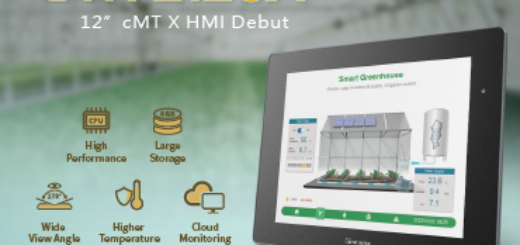IIoT Solution – Cloud Data Centering

With more than 300 communication protocols plus IoT support, Weintek HMI is able to collect data from a variety of different sensors, modules or PLC, and upload the data by MQTT, realizing field-to-center secure data exchange.
MQTT server being responsible for all message exchanges, no MQTT architecture is operational without one. However, all the tasks involved in deploying an MQTT server: shortlisting a suitable MQTT server, deciding on server location, installation, testing, tuning, maintenance, traffic control as well as security concerns makes it seem like daunting job. As a result, deployment of MQTT server often poses as an obstacle for the less-IT-inclined engineer.
Fortunately, with MQTT by Weintek, things have changed, now that Weintek MQTT is compatible with many of the major cloud services on the market. Fetching PLC data and pushing them to IoT hubs of the likes of Amazon Web Service (AWS), Microsoft Azure, and Alibaba Cloud has never got easier. Using such cloud services to deploy a secure MQTT server not only requires little manual setting, but also would be more cost-effective than setting up from scratch. In addition, one can gain further insight from data by taking advantage of the analytic feature offerings by cloud providers such as advanced data analysis, cloud computing, database storage tools.
Weintek’s software ,EasyBuilder Pro, provides users maximum flexibility when it comes to MQTT configuration. Among the adjustable options are QoS, retain messages, customized username/password length, TLS/SSL support, support for V3.1.1, support for JSON and RAW data, support for multi-layered topics and wildcards…etc, all of which are in place to ensure compatibility with most MQTT servers.
On the other hand, Weintek HMI is also a pioneer in IoT service integration by being one of the first to roll out support for the AWS IoT Device Shadow service. This innovative service, which creates a virtual representation of actual device on the cloud, can be considered an example of Cyber-Physical System of Industry 4.0. In practice, the virtual device on the cloud tracks closely the states of the actual device and reports to HMI; HMI may also set the desired states of the virtual device, which effectively achieves remote control of the actual device, since virtual devices’ states are synchronized to the actual device as a default rule. In this manner, AWS IoT Device Shadow service overcomes the problem with MQTT alone having difficulty implementing remote control.
Send your data to the cloud today with Weintek MQTT!


